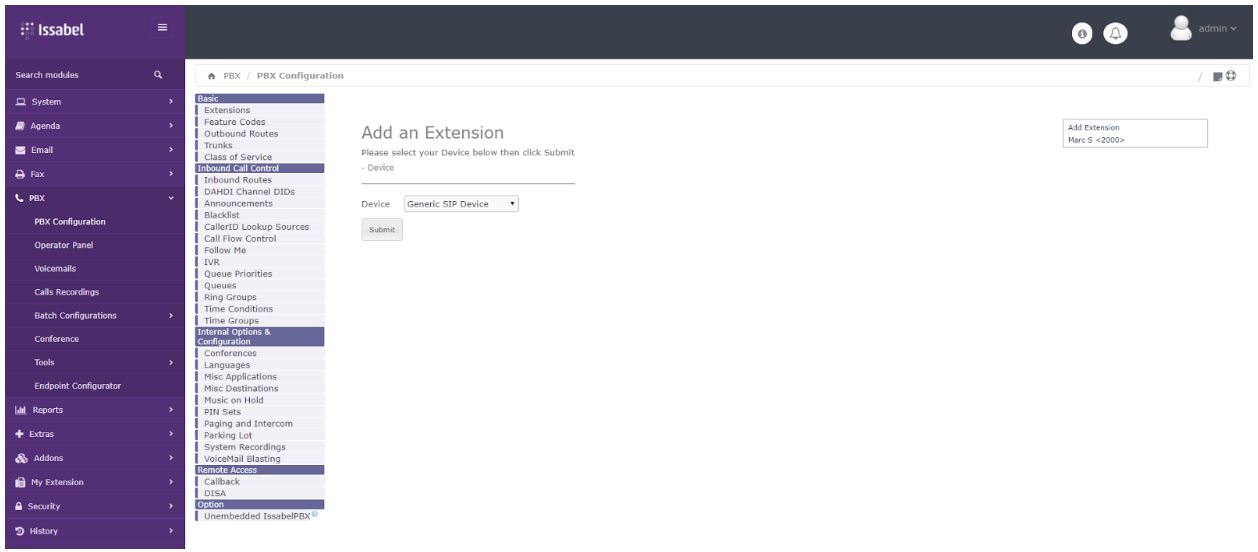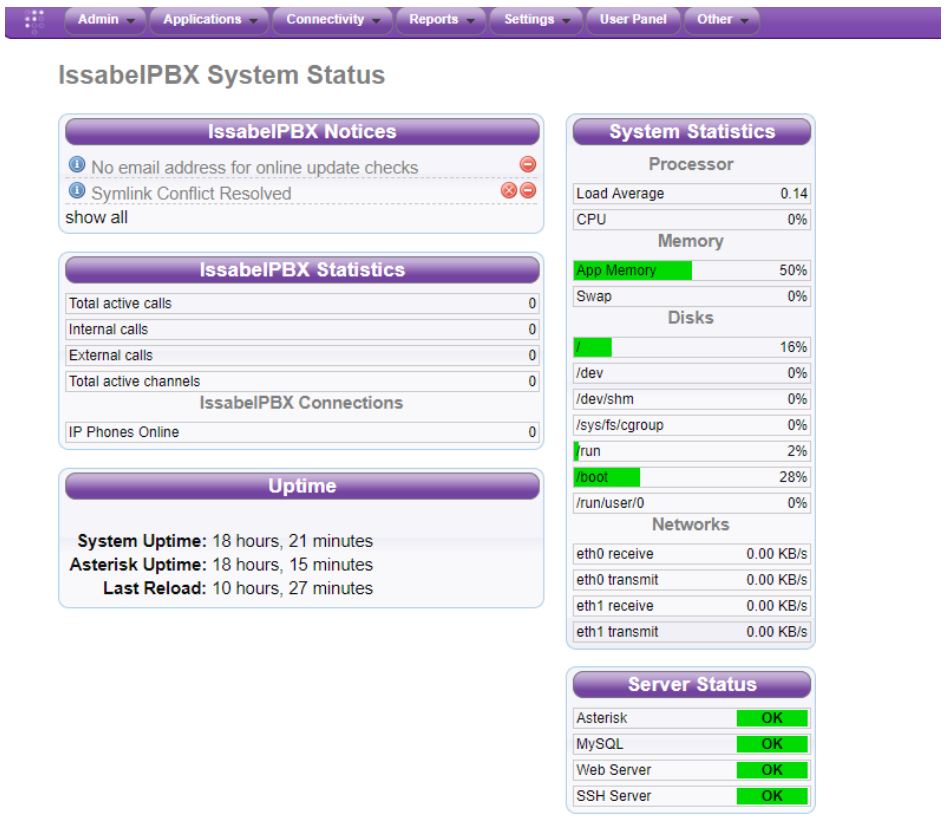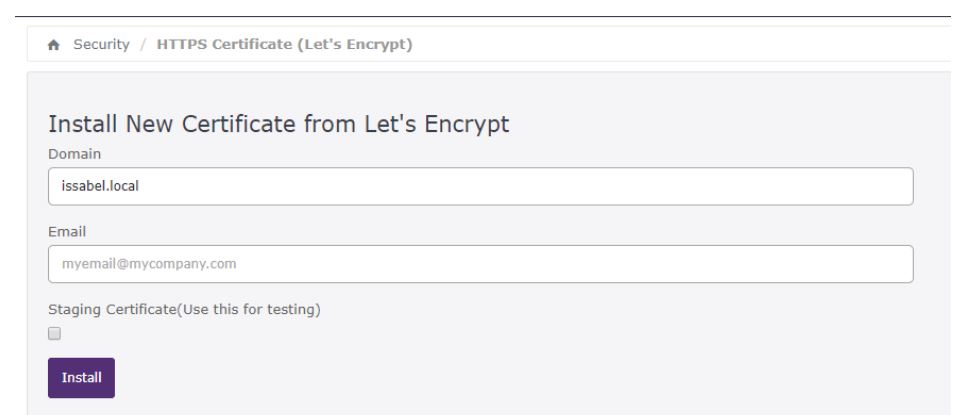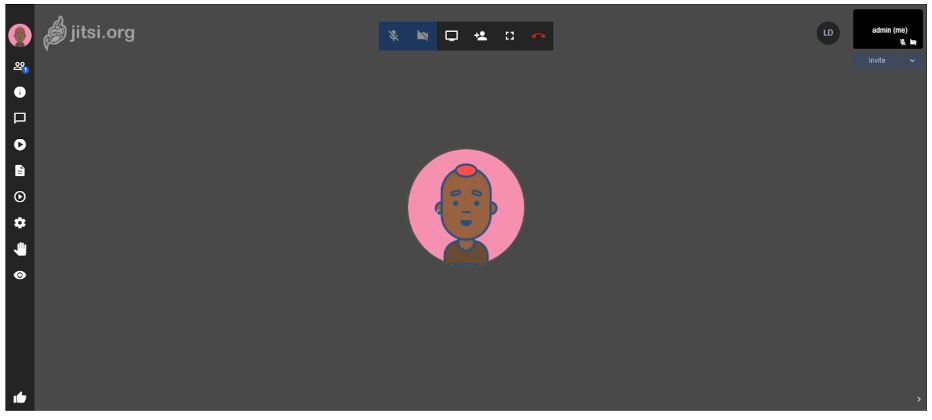The VoIP Addict’s Guide – Issabel IP PBX Review: Everything to Everyone
If there was a quirkiest IP phone system award, it would have gone to Elastix.
 Elastix IP PBX was well known throughout the open source VoIP arena, and mostly for being the solution for all of your communication needs. In that, I mean on a single instance you had a PBX, Mail server, IM server, Fax server, Operator Panel, Agenda/Calendar, and a DHCP server. With add-ons, you can also have a CRM, and a Hospitality Management System. Whew!
Elastix IP PBX was well known throughout the open source VoIP arena, and mostly for being the solution for all of your communication needs. In that, I mean on a single instance you had a PBX, Mail server, IM server, Fax server, Operator Panel, Agenda/Calendar, and a DHCP server. With add-ons, you can also have a CRM, and a Hospitality Management System. Whew!
Clearly, you didn’t have to use everything at once, but it was always confusing to me why they made such an effort to be the one-stop shop.
Issabel Open Source PBX is the reincarnation of Elastix PBX, and it’s more of the same. It’s a proverbial Frankenstein, but now with even more eggs to place in one basket, but I’ll get to that later.
Look & Feel: Clean, Straightforward Issabel PBX Interface
I started by installing Issabel on my favorite test platform (vultr.com), and I was met with a very simple and straightforward Installation, much like Elastix. It lives on CentOS 7 which makes life generally pretty good for all. After installation, I saw a very clean, and yet again straightforward user interface. It is of course incredibly similar to Elastix, but with a different color scheme (purple), and it had enough tweaks to show it isn’t entirely just a homage of its kin (but it’s pretty close).
The main navigation takes place with a left-oriented menu which expands and collapses to submenu items. Nothing new here. The animation is quick and smooth making it an overall pleasant user experience.

A noticeable improvement is how you interact with the PBX portion of Issabel. In the past with Elastix PBX system, you had to contend with multiple embedded frames to make changes to Asterisk. You were essentially loading FreePBX in a side frame, which had frames of its own. It used to give me flashbacks to the 90’s. Now, you get a simple, single page on the right side of the screen to make changes.

You also have the option to enter the “Umembedded IssabelPBX” after a quick security setting toggle, which gives you access to a FreePBX 2.11-ish interface with an Issabel twist. This is nothing new, as it existed with Elastix IP PBX, but it gives you access to the hidden options you wouldn’t ordinarily see. This choice has always been a little odd due to the face that some of these hidden options are critical, like the NAT settings.

Problems
Not able to access the Issabel PBX interface
I ran into problems quickly when I tried to access the Firewall Rules section of Issabel PBX during its life on vultr.com. It seemed as though I would lose my SSL session state and could no longer access the interface until I closed the browser and tried again. I was still able to ping it, and SSH into the server. My remedy was to ditch vultr.com, and install it locally on Hyper-V. That seemed to do the trick, so I wouldn’t call it a bug on Issabel, just a platform incompatibility. Further, some of the buttons don’t have any graphical indication that it’s a button. For example: when trying to create an email account, next to the domain selection drop down menu, there’s text that says “Create Account” That’s actully the button to create an account, it’s just inconsistent with the rest of the design.

Mixed Language for the Video Conference
When I tried to use the video conference feature, of which I’ll go into a little more detail later, the options were mixed with both English and Spanish languages. Changing the language only works after you switch to something other than English (if you’re English speaking), then back to English.

Receive an error when try to associate a user with a mailbox
I also had trouble with webmail. Elastix used Round Cube as a web-based IMAP client in the past, and I expected it to be present in Issabel. I can’t find it. Also when trying to associate a user with an established mailbox, I would receive an error stating “(internal) Resource not found (webmail).” I acknowledge I might be doing something wrong. It may have something to do with password inconsistencies, but I never had a problem with this in the past with Elastix. So either I’ve had a stroke, or this process escapes me. This adds to the overall annoying theme of having to maintain several accounts of the same person for each separate service. A system user, extension, and mailbox all require different accounts that you have to manually associate. Please change this Issabel!

What Elastix PBX Didn’t Do
To start, you can now use Let’s Encrypt! Let’s Encrypt is a free service offering SSL certificates from a trusted certificate authority. What does that even mean? Now you can have the green ![]() designation next to your URL instead of the
designation next to your URL instead of the ![]() . Why do you want that? Because seeing “not secure” is suspicious to the average user. If you plan on selling Issabel as a service to customers, it’s going to look a lot more trustworthy. It isn’t necessarily any more secure than a self-signed certificate that comes with Issabel PBX, but it removes doubt from those who don’t know it’s self-signed and not a compromised system.
. Why do you want that? Because seeing “not secure” is suspicious to the average user. If you plan on selling Issabel as a service to customers, it’s going to look a lot more trustworthy. It isn’t necessarily any more secure than a self-signed certificate that comes with Issabel PBX, but it removes doubt from those who don’t know it’s self-signed and not a compromised system.

Issabel Meet is also a new addition to the rebadged platform, which I had mentioned a little earlier. Issabel Meet is derived from a company called jitsi, which offers the service providing video conferencing and online collaboration. On this service you can:
- Chat
- Live Stream
- Share a Document
- Share your screen
- Call a phone number (Web RTC)
Of course, Issabel Meet is consistent with the Frankenstein construction since it’s another 3rd party chunk of software, and is reliant on jitsi being a permanent fixture in the competitive video conference space. With all of that said, however, it’s a pretty useful feature.

Conclusion
I liked Elastix IP PBX in that it was a great teaching tool, and I feel the same way about Issabel. In terms of an enterprise-ready system, it falls a little short, and that’s mainly a result of third-party dependencies and the lack of attention to detail. It has too many functions created by others mixed in a big VoIP stew to be taken seriously.
Issabel would be useful for a small business, or for the home of a VoIP hobbyist. The fact that it’s still using Asterisk 11 is an indication that there are better options out there. That’s not to say Asterisk 11 doesn’t work, but it’s a few generations behind.
If you’re a DIY’er, Issabel is a good choice, but if you’re looking for a VoIP solution with the same price point (free) for your business, I also suggest you look towards FreePBX, AsteriskNow, or even the newcomer Ombutel.
Despite some shortcomings, Issabel is definitely worth checking out, and you really have nothing to lose because it’s 100% free.
Thanks for reading and happy VoIPing!
2 Comments
Please help!!!! I cant access my Issabel GUI using IP but i can ping Issabel vice versa on my PC.
I’ve installed Issabel 4.
Thanks a lot!
Help! Help! :(:(
Hi Del Mori,
You can submit a ticket here: https://voipsupply.zendesk.com/hc/en-us/requests/new
Thank you,